Quantiki is an international project run by a team of volunteers. We are not attached to a particular university or country and are fully non-commercial, free and open. The intention of Quantiki is to provide a portal and encyclopedia for quantum information that can be edited by the community.
Participation
Participation on all levels is encouraged by both specialists and amateurs, and anyone can edit entries. We hope to create a resource that can serve the interested public, students, and experts. While Quantiki aims to be more specialised than corresponding entries in Wikipedia, we hope that the two projects will reinforce each other.
Name
The name is (clearly) derived from a combination of "quantum" and "wiki", playing on Kon-Tiki, the name of a raft and a book about the expedition made with the raft. Hopefully, we'll have an exciting voyage with this, but one that doesn't end up crashing!
If you would like to contact us, you can edit the community portal or check this FAQ.
Copyright
Quantiki provides content under the terms of GNU Free Documentation License unless it is stated otherwise. If you are wondering if you can publish here your material previously published by APS, read PRL Editorial from October 2008.
Supporters
Quantiki is hosted by the Research Center for Quantum Information, Institute of Physics, Slovak Academy of Sciences. Site management (content editing, user management) is handled by Jarek Miszczak.
Past supporters
Quantiki was supported by QUTE-EUROPE Coordination Action
\
Quantiki was supported by Q-ESSENCE project, a part of a FET proactive initiative, and by the following institutions:
- Centre for Quantum Computation of University of Cambridge,
- Department of Materials of University of Oxford,
- Institute for Mathematical Sciences of Imperial College London,
- Institute for Mathematical Physics Technical University of Braunschweig,
- Institute of Theoretical and Applied Informatics, Polish Academy of Sciences.
The server we used previously was sponsored by the Centre for Quantum Technologies of the National University of Singapore.
We were also supported by the ERA-PILOT project in order to employ students working in the field to provide some initial content and improve the technical backbone.
